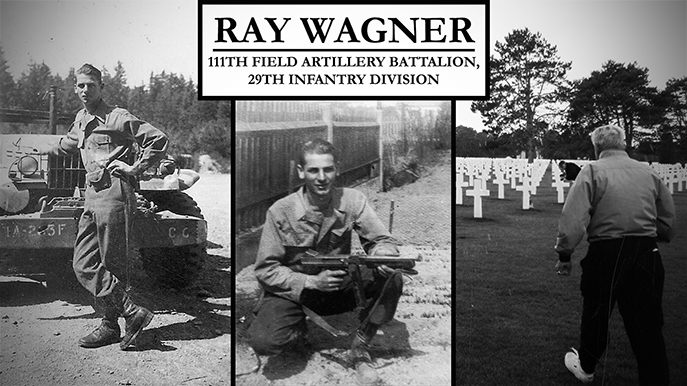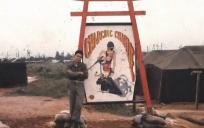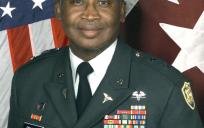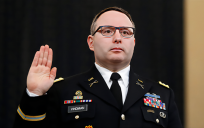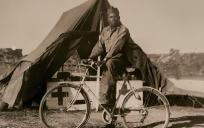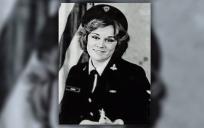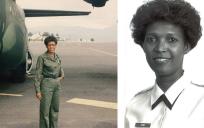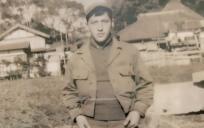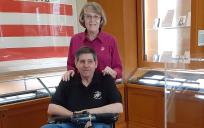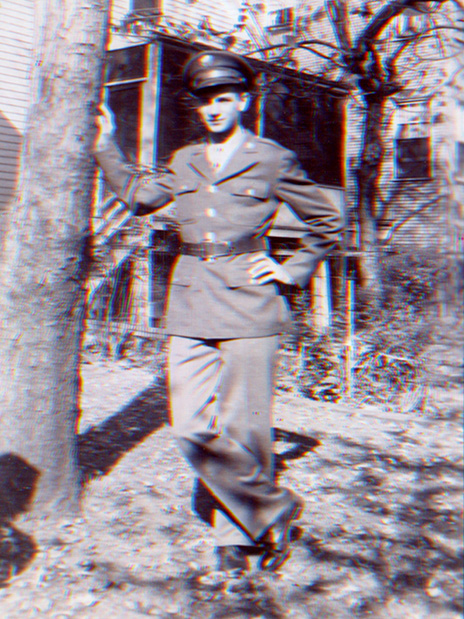
Record date:
Ray Wagner, PFC
The ever-present sense of duty is common with military veterans, especially with World War II veterans like Ray Wagner. His experience with the 111th Field Artillery Battalion of the US Army led to multiple medals and a still-present injury that prove it.
Born on July 9, 1924, in the Chicago area, Wagner was one of six children. Like many other World War II veterans, he went to work right after high school to help support his family. Wagner briefly worked in an electrical clock factory and then in a shipyard as a pipefitter and truck driver. During Wagner’s time in the shipyard, the Japanese bombed Pearl Harbor and he would be drafted into the US Army in the spring of 1943.
Wagner was sent to Fort Sill in Lawton, Oklahoma, for basic training for three months and was given the military occupational specialty of truck driver because of his previous experience at the shipyard. After basic training, Wagner received four days to return home before he traveled by train to Fort Meade in Anne Arundel County, Maryland, and was quickly shipped to England on the Queen Elizabeth--a converted passenger liner--as a replacement for the 29th Infantry Division to prepare for D-Day.
The 29th Infantry Division was a federalized National Guard division with soldiers from numerous states, including Maryland, Virginia, and Pennsylvania. Wagner was attached to the 111th Field Artillery Battalion, and as someone from Chicago, he was considered an outsider and accumulating wasn’t easy. “They didn’t want [me] there,” he laughs. “Mostly, the ones in my unit were all from Virginia and it seemed to me they all knew each other.”
Wagner’s division participated in the assault of Omaha Beach. However, they arrived early, and the heavy winds created waves as high as five feet tall. These waves along with the heavy load on the ducks--an amphibious deuce-and-a-half truck--caused many of them to sink, seven of the division’s thirteen. More were hit and sunk by German artillery fire, causing heavy casualties. Wagner’s duck sank and he fortunately was able to get ahold of a spare tire to stay afloat.
“Everyone of those ducks sunk,” Wagner says. “I don’t know who said they wouldn’t, but by the time I got on the beach, there wasn’t a duck on the beach.”
After landing on Omaha Beach, Wagner was hit in the knee by shrapnel from a German artillery shell. As a result, he was sent back to England to recoup, received a Purple Heart, but soon found himself back with the 111th Field Artillery Battalion. His battalion toured across France participating in several firefights and battles, including the Battle of the Bulge. The battalion found themselves as replacements for various infantry divisions, including the 29th, 75th, and 44th, because of the high casualties.
Wagner’s unit crossed the Rhine River and started heading toward Munich where they uncovered a horrific scene, the Dachau Concentration Camp--the first Nazi concentration camp. While exiting the camp, many of the prisoners didn’t have clothes and one grabbed a Nazi uniform laying on the ground. One of the US soldiers mistook him for an enemy soldier and shot him, fortunately, it wasn’t fatal. But the scene at the camp with prisoners reduced to “skin and bones” was a terrifying sight, Wagner recalls.
Shortly after V-E Day, Wagner returned home and found work with an oil company and joined the Military Order of the Purple Heart. A fitting organization because his knee is still troublesome today. He had to get the knee drained annually for six years and return every so often, most recently in late 2018.
Proud of his past, Wagner says he’s glad he served his country and thinks everyone would benefit from military service as they do in Israel.
